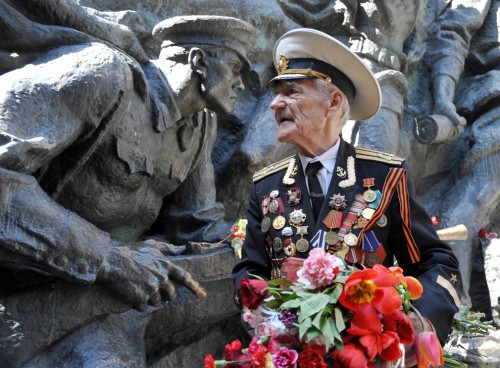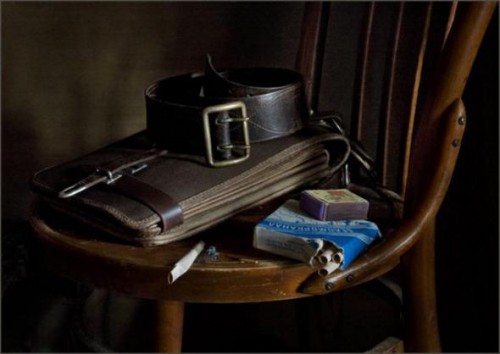John D. Cook shares this interesting piece of history:
During WWII, statistician Abraham Wald was asked to help the British decide where to add armor to their bombers. After analyzing the records, he recommended adding more armor to the places where there was no damage!
This seems backward at first, but Wald realized his data came from bombers that survived. That is, the British were only able to analyze the bombers that returned to England; those that were shot down over enemy territory were not part of their sample. These bombers’ wounds showed where they could afford to be hit. Said another way, the undamaged areas on the survivors showed where the lost planes must have been hit because the planes hit in those areas did not return from their missions.
Wald assumed that the bullets were fired randomly, that no one could accurately aim for a particular part of the bomber. Instead they aimed in the general direction of the plane and sometimes got lucky.
It stories like this one, of a practical application, that make me regret of being a bad student. I think that more of these should be a part of a curriculum.


